Old streets in Changsha
Changsha City, with its ever-growing array of trendy elements, not only captivates with its allure but also deeply touches the hearts of visitors through its ethereal beauty.
A visionary plan is underway in Changsha City to construct a 6.4-kilometer historical and cultural pathway that gracefully weaves together a collection of historical treasures, stretching from the enchanting Xiyuan Beili to Chaozong Street, Taiping Street, Pozi Street, Baiguoyuan, Hualongchi, Duzheng Street, and so on. This transformative endeavor aims to envelop the entire old city in the tapestry of a “Happy Slow City”, inviting exploration, appreciation, and leisurely immersion.
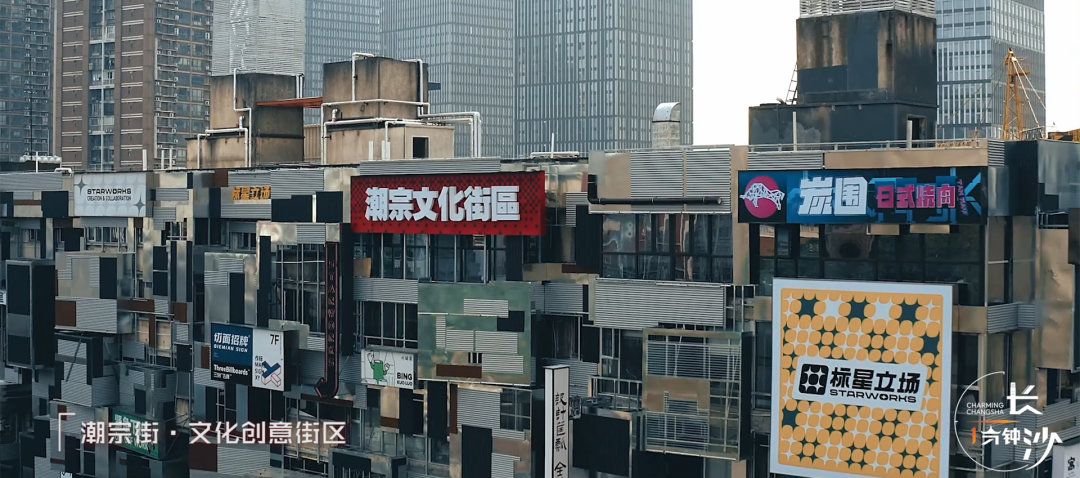
Xiyuan Beili, though modest in its dimensions, boasts an illustrious past spanning over a millennium. Within its hallowed grounds, illustrious figures such as Prime Minister Pei Xiu from the Tang Dynasty and the exceptional scholar Liu Tui once called this place home.
Since the late Qing Dynasty, Xiyuan Street has been adorned with opulent mansions, attracting an assembly of luminaries. It was also a cradle of the 1911 Revolution, and Zhang Shizhao, who held esteemed positions as the Judicial Minister and Minister of Education in the Beiyang government, lauded Xiyuan as a “prestigious realm”.
Throughout the transition from the Qing Dynasty’s eminent statesmen to the Republic of China’s political leaders, from pioneering reformers to dedicated revolutionaries, and from distinguished clans to erudite scholars and educators, Xiyuan’s tapestry of history is interwoven with the lives of countless modern and contemporary luminaries.
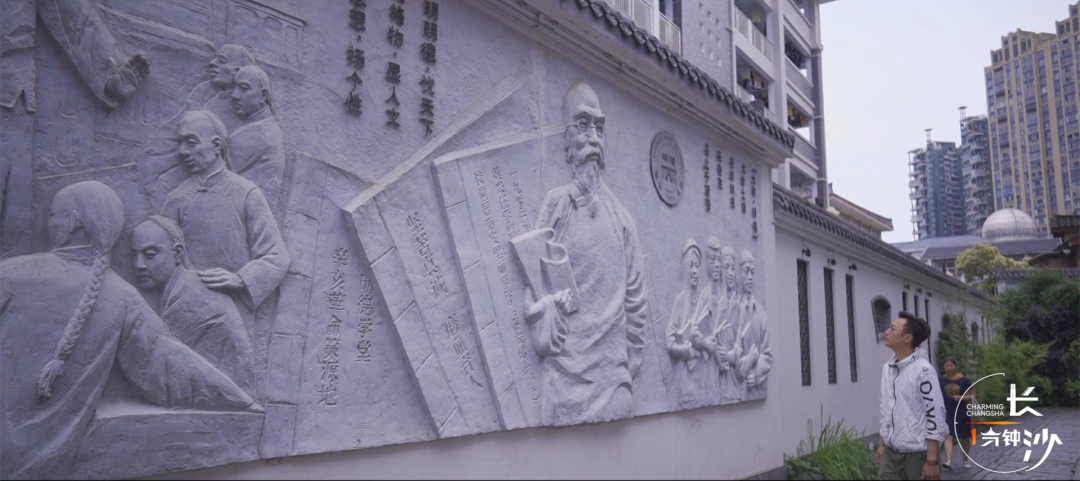
Nestling in the heart of this ancient street, Mingde High School and Zhounan High School stand as testaments to the enduring fragrance of knowledge, permeating the air with intellectual vitality and harmonious melodies.
Amidst the heritage treasures, one will discover an array of small tea houses, coffee shops, dessert parlors, record stores, photo studios, and a stylish congregation of young individuals. These vibrant souls have breathed new life into the old walls and slate-paved lanes of Xiyuan. Yet, even amid this wave of change, Xiyuan remains an embodiment of tranquility and serenity, with both longtime residents and new tenants exuding an air of composure and unhurried grace.
As for Chaozong Street, once a bustling hub of commerce and the epicenter of political affairs, it has now undergone a renaissance, radiating a distinct and contemporary appeal.
If we were to delve into the annals of history, we would discover that the roots of Chaozong Street can be traced back to the era of the Five Dynasties and Ten Kingdoms period when it began to flourish as a vibrant marketplace. Its prosperity continued to soar during the Song and Yuan Dynasties. In the Wanli era of the Ming Dynasty, the county government office of Changsha was relocated to Chaozong Street, solidifying its position as the political nucleus of the city.
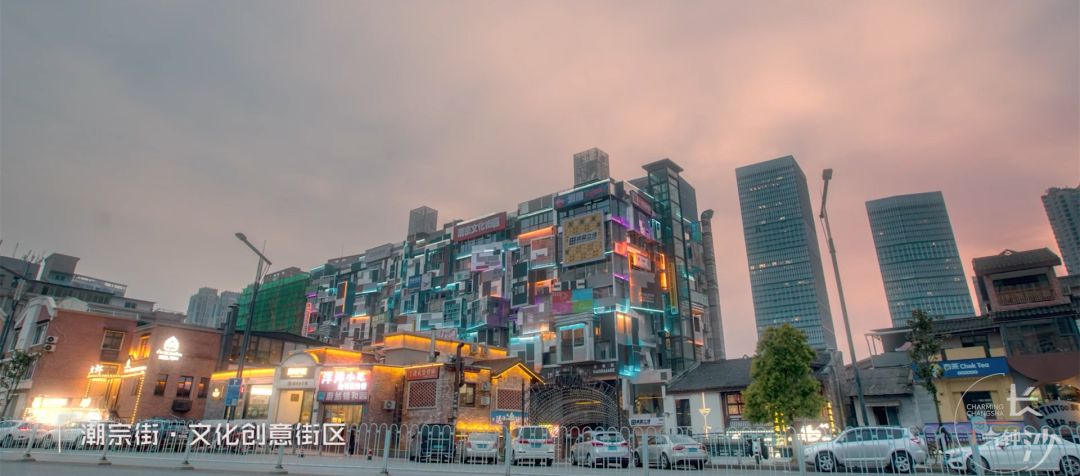
By the Qing Dynasty, the district’s labyrinthine streets and alleys had taken shape, attracting a constant flow of pedestrians along its granite paths while housing an abundance of bustling shops on either side. Renowned for its thriving rice and fish markets, as well as its vibrant commercial warehouses, Chaozong Street garnered fame that reverberated throughout Hunan Province.
Since the Ming and Qing Dynasties, Chaozong Street has become a haven for opulent residences and grand institutions, hosting an array of distinguished statesmen and intellectuals. Noteworthy sites include the former residences of Liu Quanzhi, a high-ranking minister and grand secretary during the Qianlong and Jiaqing reigns, Guo Songtao, a prominent Qing Dynasty politician and China’s inaugural envoy abroad, and Chen Jishun, a celebrated poet.
During the late Qing Dynasty’s reform movement, luminaries such as Chen Baozhen, the governor of Hunan Province, along with Xiong Xiling and Tan Sitong, established the Shiwu School (the School of the Current Affairs), appointing Liang Qichao as the esteemed chief Chinese instructor, thus propelling the Hunan reform movement.
In the third year of the Republic of China, the renowned Xiangya School of Medicine was established on Chaozong Street, nurturing esteemed medical professionals like Tang Feifan and Zhang Xiaoqian, ultimately shaping the landscape as a center of medical excellence. Moreover, it was on Chaozong Street, in the ninth year of the Republic of China, that Mao Zedong and his compatriots established the Cultural Book Society, disseminating new ideas and cultural movements.

Chaozong Street, as it stands today, is a vibrant hub where trendsetters congregate. It boasts a plethora of dining establishments, bars, comedy theaters, Instagrammable boutique accommodations, creative bookstores, and even immersive interactive street performances.
This bustling thoroughfare transforms residents and visitors alike into both spectators and actors, enabling them to indulge in a captivating experience that immerses them in the historical allure and vibrant street life of old Changsha. Far from the standardized and overcrowded tourist attractions, Chaozong Street exudes a distinctive and dynamic atmosphere, offering a refreshing departure from the ordinary.
Venturing further south, beyond Wuyi Road, one arrives at Taiping Street, the unequivocal bastion of Han and Tang cultural heritage in Changsha. Its commercial and cultural legacy runs deep, as encapsulated by the evocative saying: “Throughout the year, gold and silver permeate the air, with every room exuding the essence of precious gems.” Here, an array of time-honored establishments coalesces, indulging every conceivable culinary and exploratory desire.
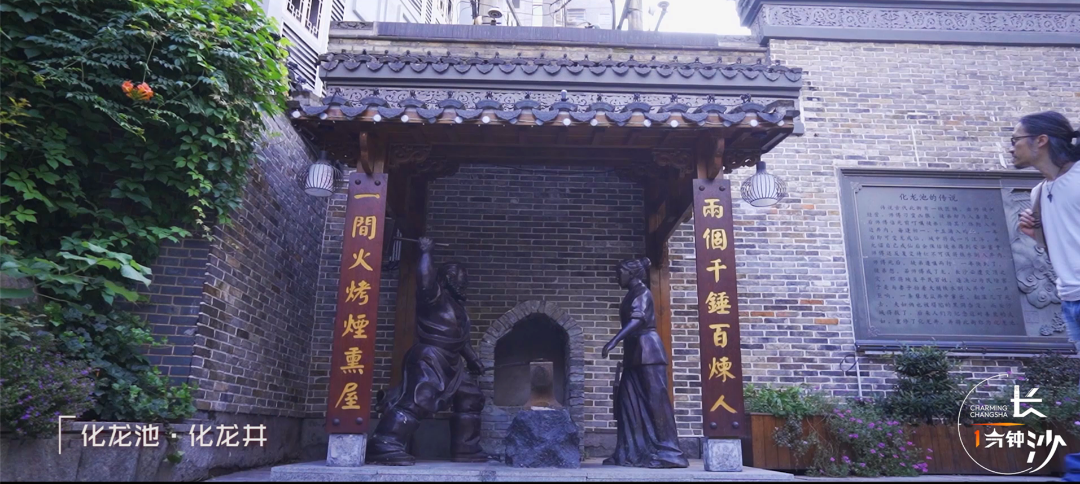
Tucked away amidst the bustling cityscape lies the serene enclave of Baiguoyuan and the Hualongchi district. Noteworthy landmarks within this realm include the esteemed Changsha Confucian Temple, the heritage of Xiegongmen Main Street, Gutan Street, Douchi Garden, Baihe Lane, and over 30 other historic alleyways. The Xiwenmiaoping Historical and Cultural Block stands as a living testament to the authentic soul of old Changsha.
Ambling along the ancient streets and alleyways of Changsha, one’s gaze inevitably ascends to behold the towering presence of Changsha IFS and the resplendent Wanda Plaza. Even within the intimate confines of the streets, the juxtaposition of a rich heritage melds seamlessly with five-star contemporary comforts. For those fortunate enough to call this place home, a sense of boundless delight ensues as they revel in the embrace of modernized residences that cater to their every need.
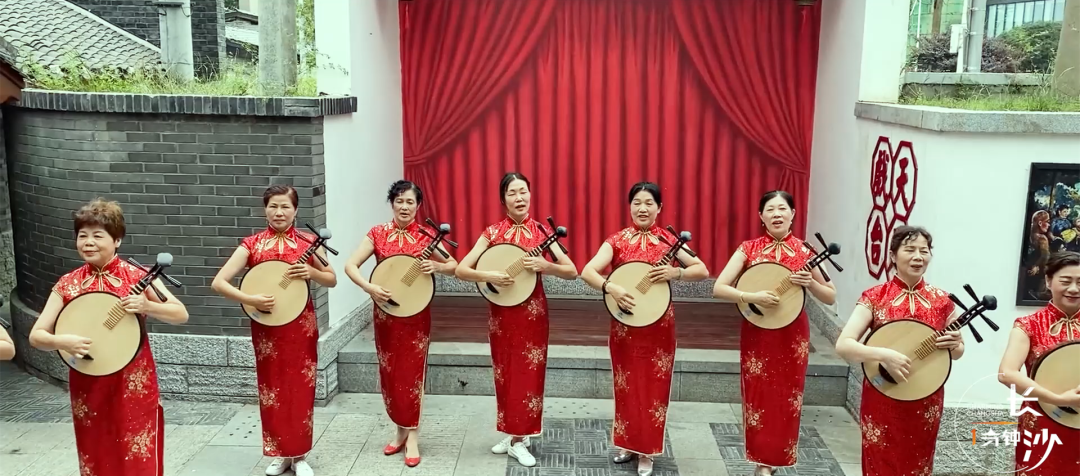
The revitalization of Changsha’s old streets and alleyways represents a deeply rooted endeavor to craft a harmonious and welcoming haven. From surface enhancements to intricate infrastructural upgrades, every facet has been meticulously refined to align with the evolving lifestyles and aspirations of the residents. Enhancements span essential elements such as water, electricity, roads, gas, and Internet connectivity, encompassing a comprehensive transformation across 14 vital domains that directly impact daily life.
Each street and edifice tell a captivating new tale, while the denizens of the old city seamlessly merge tradition with contemporary living. The advent of innovative business models breathes new life into the ancient core, fostering a symbiotic relationship where heritage preservation and urban development coalesce synergistically. This remarkable amalgamation epitomizes the pinnacle of an idyllic “fireworks in the mortal realm” experience.
-

African entrepreneurs partner with China for success, growth
-
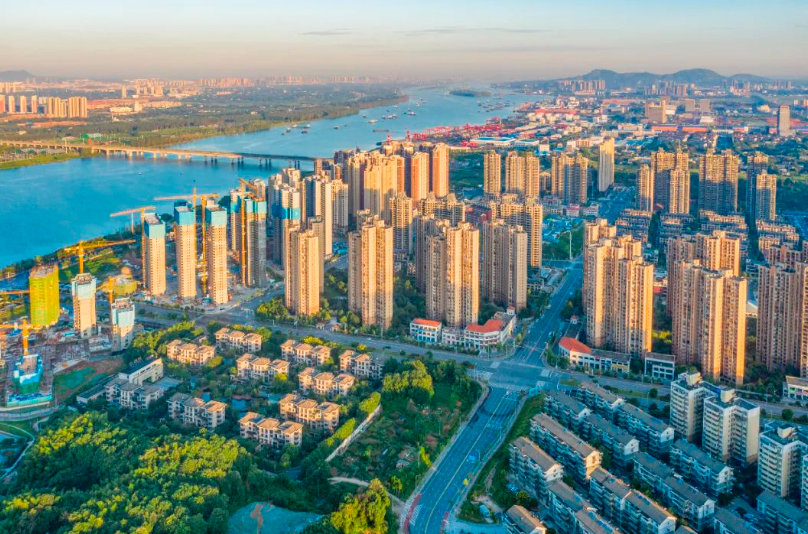
Hunan issues initiative for May Day holiday
-
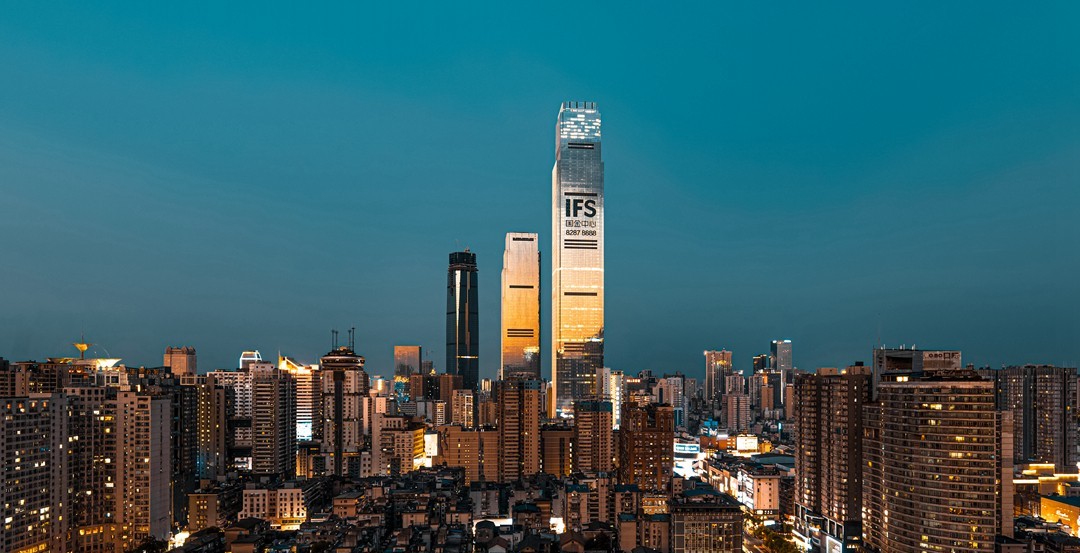
Changsha holds great attraction for youths

 Print
Print


